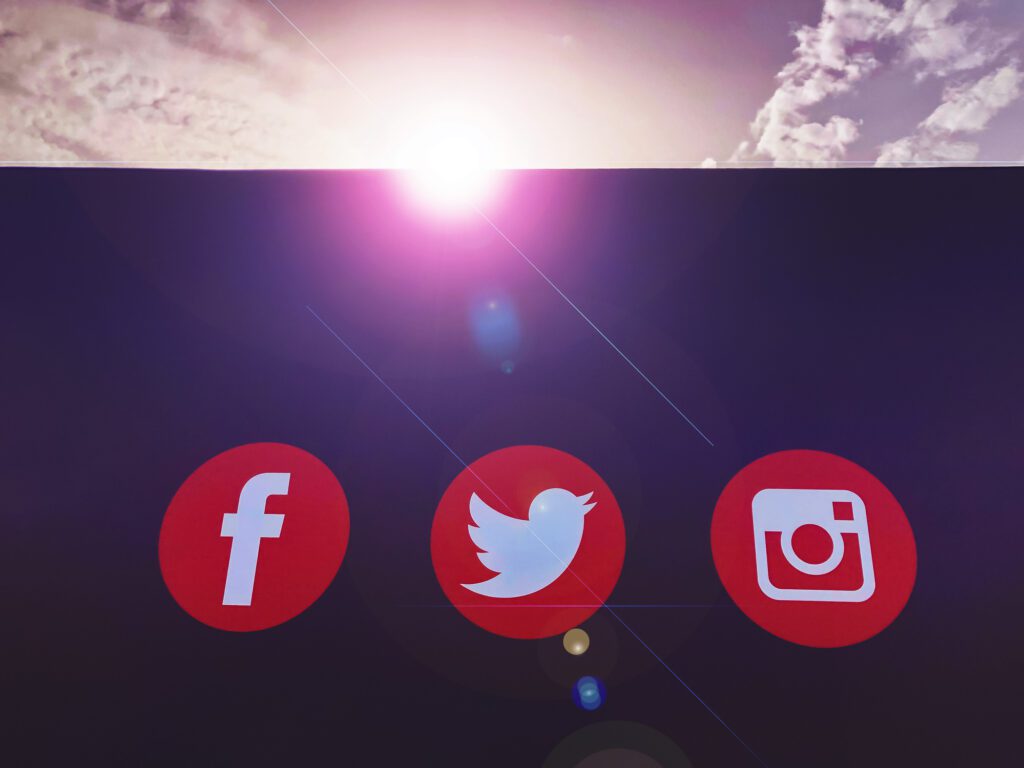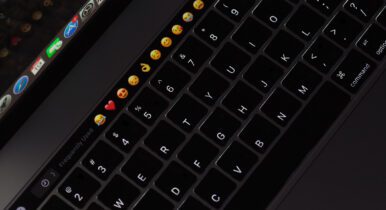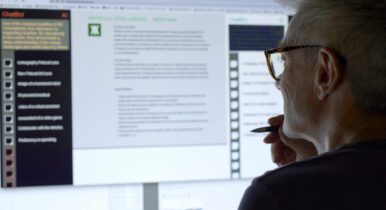The Evolution of Social Design and What’s Next for Creative on Video Platforms
Democratic designer Annalisa Linn talked to C&E about the intersection of social media and design, and how campaigns with limited resources can make the most of their creative.

Creative Annalisa Linn got her first political job as a designer at the DNC this summer, but because of the pandemic she’s never had to work out of its DC offices. Instead, the University of Minnesota fine arts grad collaborates with her colleagues remotely using tools like Google Workplace and Figma.
While she works primarily designing email and social graphics, she recently collaborated with a colleague on Terry McAuliffe’s campaign bus wrap.
C&E: You’ve actually never worked out of the DNC offices, what was the onboarding process like?
Linn: I actually really enjoy being remote and I hope we’re able to continue with remote work, even when the pandemic is done. As a creative, especially, there’s not really a huge need to go into the office. Every morning, me and my other team members — I think there’s seven of us — we just have a morning check in. I’ve got a crazy cat and we talk about her every morning. We bond over animals, and then Figma is another excellent tool we’ve been using a lot recently. Being able to work remotely and have these kind of tools, makes it incredibly seamless for designers to work in a cohesive environment without having to be in the same place.
C&E: What’s it like working within the DNC’s brand guidelines?
Linn: There are very strict brand standards at the DNC and with the Biden administration, but a lot of the time, we’re really trying to work outside of those as much as possible and push the boundaries. I have slipped a texture onto almost every single social design post that I’ve done in the last six months and it’s just sort of becoming part of the brand.
I take a lot of my inspiration from vintage magazines and books and so I try to slip as much of that as possible into the things that I work on whether that’s in the typography, the palette, the imagery or just the way that the page is designed and laid out.
We’re definitely steering away from that red, white, and blue and stars, and shifting into a bit more of a modern aesthetic. But we’re still trying to keep it so that we can reach every demographic.
C&E: You do a lot of social design. What’s working online?
Linn: Six months ago, it was very modern with kind of like the ’90s retro, 30-point stars and gradients. I see that a lot of people are now doing that. It’s just kind of become a little bit overdone at this point. I personally am trying to move away from that aesthetic and more into a very vintage inspired [aesthetic]: old timey and kitschy, that’s the kind of stuff I’d really like to work towards. There’s also a really heavy trend towards very minimal design. I know Tammy Duckworth’s official page does a really good job of a very simple minimal design that was kind of inspired by New York Times design. I see that coming back a lot for sure.
C&E: What’s your advice to campaigns that have limited creative resources?
Linn: It’s going to be really interesting to see how Facebook and Instagram change as they shift more towards a video format. I dabble a little bit in animation, so it’s going to be interesting to see how we’re able to stay ahead of this curve as static designers. That may [require] more a shift at becoming proficient in Premiere Pro, that’s definitely a program that I’ve bene learning to work with. So if they do have a small team I would really suggest getting ahead of that video curve. Getting to know video platforms very quickly and learning how to integrate graphics within that.
C&E: What trend do you see coming after gradients?
Linn: I definitely do see something more subdued coming our way because gradients had a heavy influence on design over the past three-four years. And just with the natural tick of trend of designs, those are going to be cut pretty sharply. It’s going to start to look like old Apple logos with the gradient. I would hope to see that things would be more striking — like less is more. It’s going to be popular in terms of design to move towards more minimalism — clean type faces, clean colors, more saturated. Think of the old Facebook blue.



